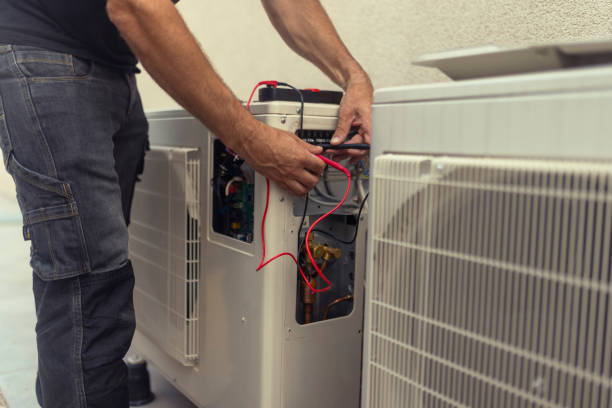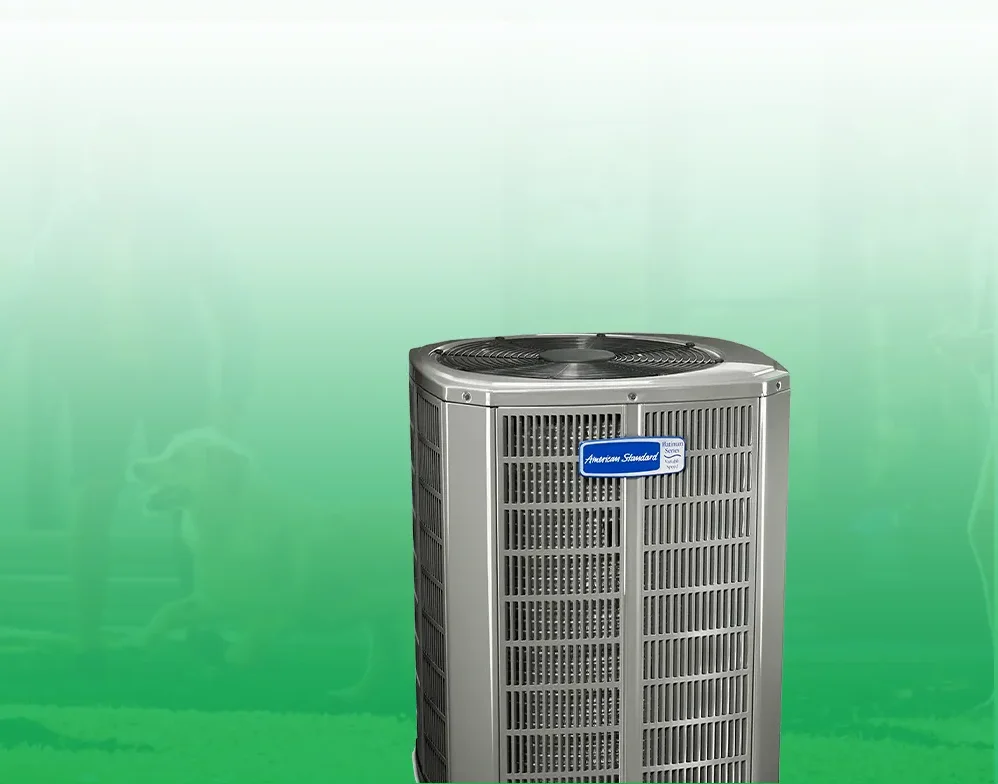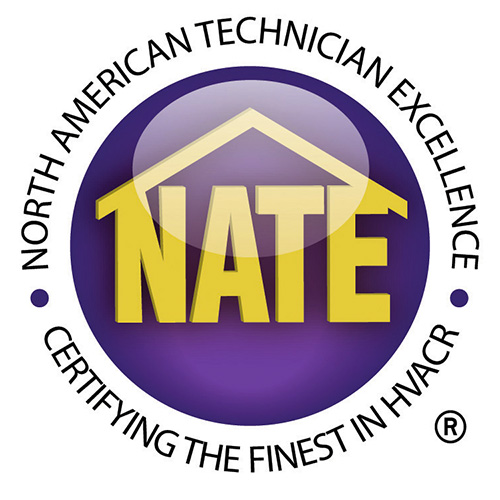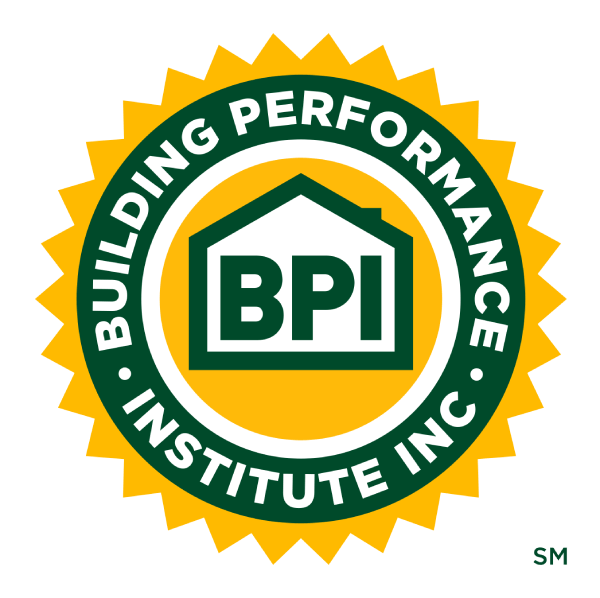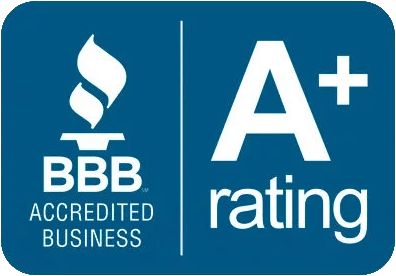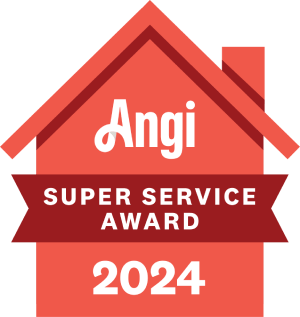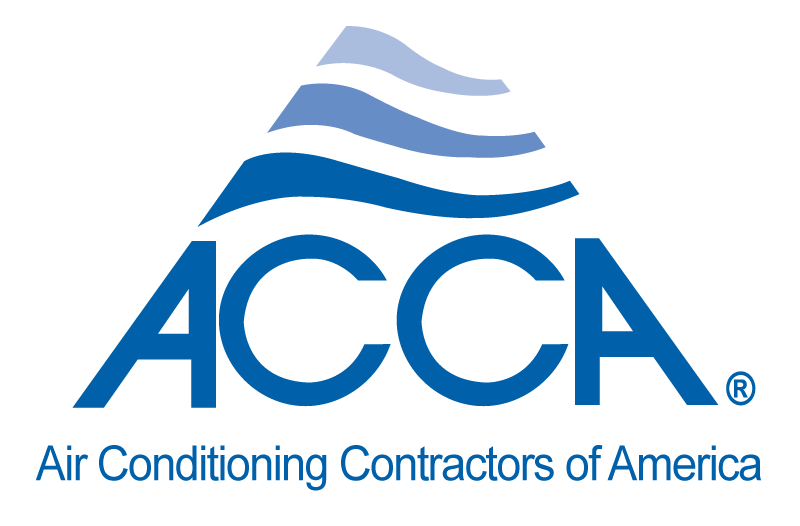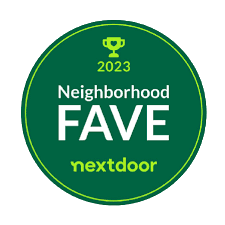Air conditioning has come a long way, hasn’t it? From bulky, noisy units of the past to sleek, energy-efficient systems today, AC installation has evolved to match the changing needs of homeowners. Over the decades, priorities have shifted—what once was all about basic cooling is now focused on comfort, energy savings, and eco-friendly options.
But it’s not just about keeping cool anymore; it’s about smarter choices that fit modern lifestyles and reduce environmental impact. Let’s take a closer look at how AC installation has changed through the years and how it continues to adapt to what matters most to homeowners.
How Have Homeowner Priorities For AC Installation Changed Over The Decades?
In the early days of air conditioning, the primary focus was on providing cool air to indoor spaces during hot summers. Homeowners didn’t have many options, and the systems that existed were often expensive, bulky, and inefficient. Over time, however, priorities began to shift as AC technology improved and the demand for cooling systems grew.
The Early Years: Comfort Over Everything
In the 1930s and 1940s, the development of air conditioning technology was still in its infancy. Homeowners who could afford it saw AC as a luxury that brought unparalleled comfort during the summer months. The installation of air conditioning systems was often reserved for wealthy families, and these systems were largely focused on cooling large spaces like living rooms or offices.
- Primary Priority: Cool air during heatwaves.
- Technology: Early air conditioning units were often window-mounted or large central systems that were expensive and not as efficient as modern versions.
- Market Demographic: Limited to affluent homeowners, and usage was often seen as a status symbol.
As air conditioning became more widely available, its installation began to spread into more middle-class homes in the 1950s and 1960s, with many homeowners beginning to consider practicality and cost. Comfort was still the top priority, but consumers began to ask for more efficient systems that could cool the entire home.
1970s–1980s: Increased Demand and Technological Improvements
By the 1970s, air conditioning became more common, particularly in the Southern United States, where summer heat made AC almost a necessity. During this time, energy conservation began to gain more attention, especially as oil crises in the 1970s pushed people to rethink energy consumption. Homeowners still sought comfort, but they began to be more mindful of the long-term costs of running air conditioning systems.
- Primary Priority: Comfort, with growing concerns about energy consumption.
- Technology: The introduction of more efficient window units and central air systems made AC more affordable.
- Market Demographic: Middle-class families in warmer regions who prioritized comfort but were becoming more conscious of energy usage.
1990s–2000s: Efficiency and Environmental Impact Take Center Stage
By the 1990s, air conditioning had moved beyond a luxury and was now a standard feature in homes, especially in regions with hotter climates. During this time, homeowners began to consider not just the upfront cost of installation, but also the operational costs associated with running an AC unit. Energy efficiency became a priority, especially as environmental awareness grew and people became more conscious of their carbon footprints.
- Primary Priority: Efficiency, sustainability, and long-term cost savings.
- Technology: The rise of Energy Star-rated systems, programmable thermostats, and multi-zone cooling systems allowed homeowners to be more selective about energy usage and control their cooling needs.
- Market Demographic: A broader range of homeowners who wanted to balance comfort with sustainability and cost savings.
2010s–Present: Smart, Efficient, and Sustainable
Today, homeowners have access to a wide range of advanced air conditioning systems that offer both enhanced comfort and superior energy efficiency. With advancements in smart home technology, many modern air conditioners are compatible with smart thermostats, allowing homeowners to monitor and adjust their cooling systems remotely. Homeowners now place a significant emphasis on sustainable energy practices, and many opt for systems that use eco-friendly refrigerants or are compatible with solar panels.
- Primary Priority: Energy efficiency, comfort, sustainability, and smart technology integration.
- Technology: Inverter technology, smart thermostats, eco-friendly refrigerants, and solar-powered systems have revolutionized the way homeowners think about cooling.
- Market Demographic: Homeowners across various income brackets who are motivated by sustainability, convenience, and reducing long-term operational costs.
What Historical Advancements Have Shaped Modern AC Installation Preferences?
Over the past century, air conditioning systems have undergone significant advancements that have influenced modern preferences and installation practices. These advancements have made air conditioning more efficient, affordable, and accessible, shifting homeowner priorities from luxury to necessity.
Key Historical Advancements in AC Technology:
- Invention of Modern Air Conditioning: In 1902, Willis Haviland Carrier invented modern air conditioning, initially designed to control humidity in a printing plant. This invention laid the foundation for the residential cooling systems we use today.
- Window Units (1950s-1960s): The advent of window-mounted air conditioning units in the 1950s made cooling more affordable and accessible to homeowners, especially in urban areas. These units provided a simple and cost-effective way to cool individual rooms, making air conditioning more widespread.
- Central Air Systems (1970s-1980s): The widespread adoption of central air conditioning systems in homes during the 1970s and 1980s revolutionized residential cooling, offering homeowners the convenience of cooling entire homes with a single system.
- Energy Efficiency Improvements (1990s-Present): The development of energy-efficient technologies, such as the use of variable-speed compressors and higher SEER (Seasonal Energy Efficiency Ratio) ratings, allowed homeowners to reduce their energy consumption while maintaining comfort.
- Smart and Sustainable Cooling (2000s-Present): The integration of smart home technology has allowed homeowners to control their air conditioning systems remotely, optimizing energy usage and improving comfort. Additionally, the shift toward eco-friendly refrigerants and solar-powered AC systems has aligned with the growing emphasis on sustainability.
These historical advancements have not only shaped homeowner preferences but also made air conditioning systems more versatile, energy-efficient, and suited to the needs of modern homes.
Why Did Energy Efficiency Become a Key Factor in AC Installation Over Time?
Energy efficiency has increasingly become a central factor in AC installation, driven by a combination of rising energy costs, growing environmental awareness, and advancements in technology. In the past, homeowners were primarily concerned with the upfront cost and the ability to cool their homes, but as energy prices soared and the environmental impact of energy consumption became clearer, efficiency became a priority.
Factors That Contributed to the Growing Focus on Energy Efficiency:
- Rising Energy Costs: As energy costs increased in the 1970s and 1980s, homeowners began to realize the long-term financial burden of operating inefficient cooling systems. This led to an increased demand for energy-efficient air conditioners that could reduce monthly utility bills.
- Environmental Awareness: Growing concern about climate change and the environmental impact of energy consumption led to a push for more sustainable energy practices. This movement was reflected in the development of air conditioning systems that used less energy and eco-friendly refrigerants.
- Government Regulations: Governments around the world have implemented stricter energy efficiency standards, such as SEER ratings and Energy Star certifications, which have encouraged the adoption of more efficient AC systems. These standards not only help reduce the carbon footprint but also save homeowners money in the long run.
- Technological Advancements: The development of variable-speed compressors, inverter technology, and smart thermostats has allowed air conditioning systems to adjust their cooling capacity based on demand, making them much more energy-efficient than older models.
As energy efficiency became a priority, air conditioning systems evolved to offer better performance while using less power, leading to lower operating costs and a smaller environmental footprint.
How Do Modern Homeowners Choose AC Systems Compared to Past Generations?
Modern homeowners approach AC installation with a more thoughtful and informed perspective than previous generations. While past generations prioritized comfort and affordability, today’s homeowners are looking for systems that balance performance, energy efficiency, and sustainability. The internet and the rise of smart home technology have also empowered homeowners to make more informed decisions when selecting their cooling systems.
Key Considerations for Modern Homeowners:
- Energy Efficiency: Homeowners today are more likely to choose energy-efficient systems that carry the Energy Star label and offer high SEER ratings. They are willing to invest in systems that will lower their long-term energy costs and minimize their environmental impact.
- Smart Home Integration: Many modern homeowners seek AC systems that can be integrated with smart home devices such as thermostats, voice assistants, and energy management systems. The ability to control temperature remotely or set schedules for energy use adds a layer of convenience and efficiency.
- Sustainability: As sustainability becomes an increasingly important value, homeowners are opting for AC systems that use eco-friendly refrigerants, are compatible with renewable energy sources, and have lower carbon footprints.
- Customization and Zoning: The availability of multi-zone systems and customizable cooling options has allowed homeowners to tailor their cooling preferences to different areas of their homes. This allows for greater comfort and efficiency by cooling only the areas that need it.
- Cost of Installation and Maintenance: While energy efficiency is important, upfront installation costs remain a key consideration. Modern homeowners are more likely to consider long-term savings and the total cost of ownership, including maintenance, before making a decision.
Compared to past generations, today’s homeowners are more informed and deliberate in their choices, seeking not only comfort but also long-term cost savings and environmental responsibility.
The evolution of air conditioning installation reflects changing homeowner priorities, from the early focus on comfort to today’s emphasis on efficiency, sustainability, and smart technology.
As air conditioning continues to be an essential part of modern living, homeowners are becoming more conscious of the long-term costs, environmental impacts, and technological advancements that influence their cooling systems.
With a growing focus on energy efficiency and sustainable solutions, the future of AC installation looks set to be shaped by innovations that help homeowners balance comfort with environmental responsibility, ensuring that air conditioning remains both an affordable and sustainable solution for generations to come.
Take Control of Your Home’s Comfort and Efficiency Today
As homeowner priorities evolve, so do the options for air conditioning installation. If you’re ready to embrace a more energy-efficient, sustainable, and cost-effective cooling solution, now is the time to make the change. Whether you’re upgrading your current system or installing a new one, choosing a modern, efficient AC unit can save you money, reduce your carbon footprint, and enhance your home’s comfort.
Don’t settle for outdated technology—explore the latest advancements in air conditioning and make an informed choice that aligns with your priorities. Contact us at HorneHVAC Charlotte. to find the perfect solution tailored to your home’s needs and start enjoying smarter cooling today!


